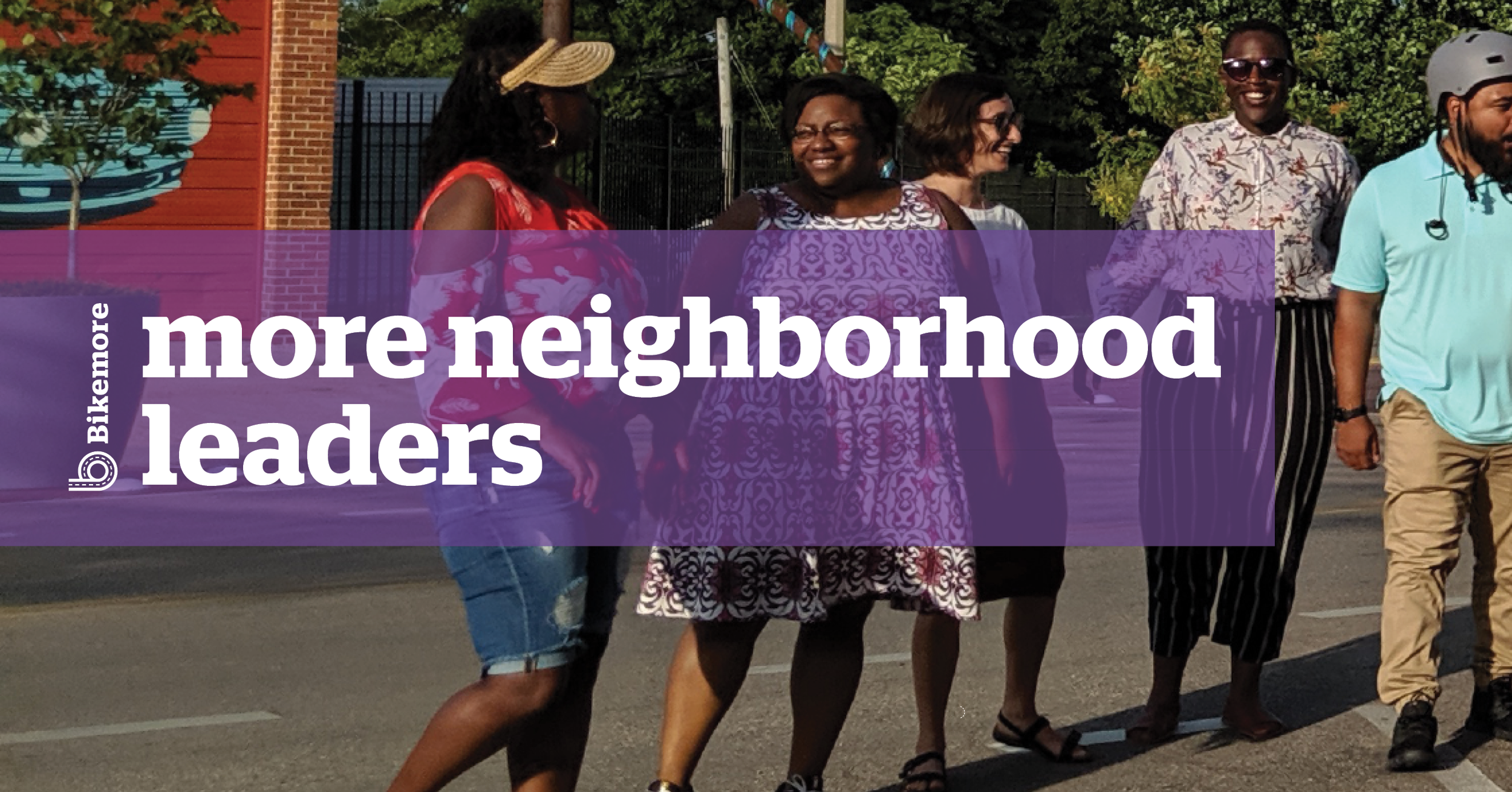Our work is focused on improving the way the City operates in regards to transportation. This past year, the City’s Department of Transportation had some challenges that impacted their ability to improve mobility for everyone.
When the former BCDOT Director was appointed by Mayor Pugh, we were skeptical but tried to keep an open mind. Mayor Pugh had consulted with Bloomberg Associates and NACTO, asking for a pool of candidates that could begin to right a long sinking ship. It turned out those recommendations had been discarded for this hire. In our first meeting with the Director, we witnessed some of the specific behavior later referenced in the Inspector General's report that led to her eventual resignation. In the period between her hire and her resignation, many promises were made. We were assured that the bicycle program would be reinvigorated, that resources would be allocated to begin construction of the newly adopted Separated Lane Network Plan.
It turned out not to be true. No money was allocated by BCDOT for bicycle infrastructure. Some of our talented BCDOT staff began looking for employment elsewhere and departed.
It wasn't all bad. In losing staff, we gained new staff, including a talented new shared mobility coordinator, to oversee what has arguably been the most successful BCDOT program in years: scooters. Later, we gained another talented staffer to replace our departed bike program coordinator. And, some other talented staff leading our Complete Streets program implementation, working in planning, and leading our Transit Division remained on board through all of the turmoil.
As the Mayor resigned in the wake of the Healthy Holly scandal, the last act of her senior staff, Jim Smith, was to tear out the Roland Avenue protected bike lane, counter to agency engineering recommendations and best practices in safe street design. Shortly thereafter, Acting Mayor Young ordered removal of a block of protected bike lane on Monument Street, again ignoring agency recommendations and best practices.
And then the Office of Inspector General released their report on abusive practices within the Baltimore City Department of Transportation and the Director resigned.
But again, it wasn't all bad. Steve Sharkey, formerly the head of the Department of General Services and a renowned agency "fixer," was appointed by Mayor Young to lead the Baltimore City Department of Transportation. While Director Sharkey doesn't have a deep transportation background, he has immediately brought transparency, responsiveness, and communication to the agency. We have been very pleased with his first few months, even if this transparency has led to some painful truths, like the true extent of our backlog of grants, promises, and failures to deliver on infrastructure.
This year, BCDOT will again propose no new money in the Capital Improvement Program for bicycle infrastructure. They are using $500,000 allocated by the Planning Commission last year to engage a series of consultants to bring project management, grant management, community engagement, and engineering expertise into the program. They’re promising to use program money that went unspent over the past few years to implement some quick build infrastructure to close gaps, provide maintenance of existing facilities, and implement projects on routine resurfacings. This is meant to be a one-year reset period where they get caught up.
We've heard promises like this before. But this time the consultants have been hired and they have started their work. Longstanding promises seem to be getting fulfilled, including exploration of a dedicated striping contract for complete streets facilities like bike lanes and high visibility crosswalks. We are thankful for Director Sharkey's leadership, hopeful that this next year will truly be the year we get back on track. We are ready to advocate for the program's success.
We are entering the new year optimistic that for the first time in awhile, there are good people at DOT ready to move projects forward — ready to create safe streets for all. But in order to hold the City accountable, we need you.
Whether donating your dollars to support our work, or donating your time attending community meetings and being a voice for complete streets, our work to build a force for biking in Baltimore starts with you. Building a city for people means bringing a community together. Our community is ready to keep riding bikes together and keep fighting to make our streets a place for people, not just cars.
Make a Direct Action Donation (501c4)
Direct Action donations are our greatest need. They can fund everything we do, including directly lobbying elected officials, running grassroots organizing campaigns, and advocating for or against legislation. They are not tax-deductible.
Make a Charitable Donation (501c3)
Charitable donations fund our education, organizing, and programming, and may be tax-deductible.










